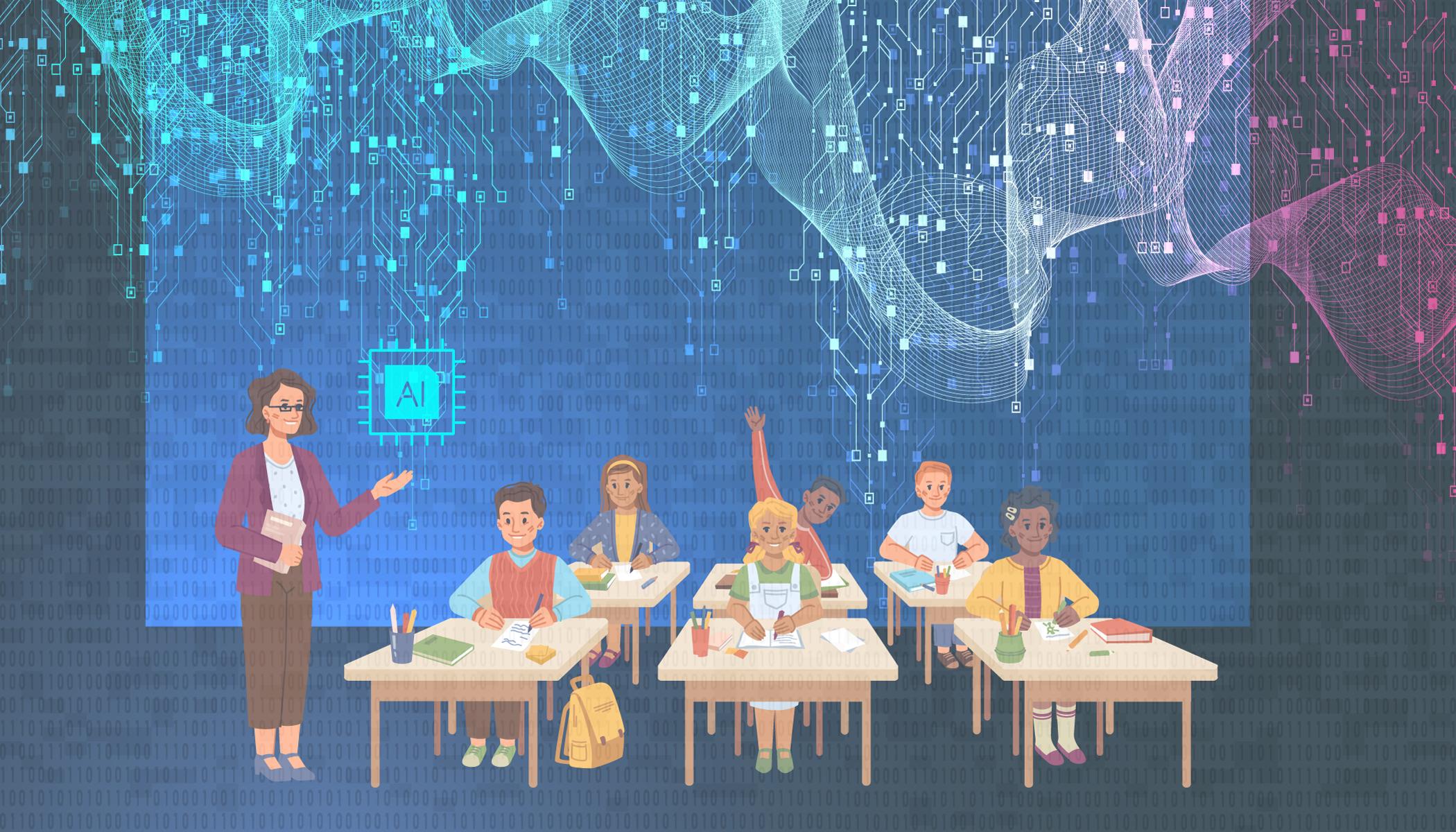How to Train Teachers for AI-Integrated Classrooms: essential Strategies for Future-ready Education
The educational landscape is rapidly evolving with the integration of artificial intelligence (AI) in classrooms. As schools worldwide adopt AI-driven tools to enhance learning, equipping teachers with the right knowledge and skills is crucial. But how do we train educators to thrive in AI-integrated classrooms? In this comprehensive article,we’ll delve into essential strategies for training teachers,highlight key benefits,share practical tips,and discuss real-world examples. Whether you’re a school leader, teacher, or educational policymaker, understanding how to prepare teachers for this digital conversion is vital for delivering future-ready education.
Why AI-Integrated Classrooms Need Skilled Teachers
AI-integrated classrooms promise personalized learning, real-time feedback, and increased efficiency. However, these benefits are onyl fully realized when teachers are confident and competent in leveraging AI technologies. Well-trained teachers can bridge the gap between technology and pedagogy, ensuring AI is used effectively to enhance student outcomes.
- Personalized Learning: AI tools enable tailored instruction to meet individual student needs.
- Efficient Assessment: Automation of grading and feedback supports classroom management.
- Data-Driven Insights: AI provides actionable data for targeted interventions.
- Innovative Teaching Strategies: Technology integration fosters creativity and critical thinking.
Essential Strategies to Train Teachers for AI-Integrated Classrooms
1. Build Foundational AI Literacy
Teachers need to understand essential AI concepts, algorithms, and their classroom applications. Start with foundational workshops covering:
- The basics of artificial intelligence and machine learning
- Common AI classroom tools (adaptive learning platforms, grading assistants, chatbots)
- Ethical considerations and data privacy in AI usage
Resources like Elements of AI provide accessible entry points for educators.
2. Integrate hands-On, Practice-Based Training
Theory alone won’t suffice—teachers benefit from practical, hands-on experience with AI tools. Strategies include:
- Simulated classroom exercises using AI-based learning platforms
- Collaborative lesson planning that incorporates AI features
- Peer-to-peer mentoring and sharing of best practices
3. promote Ongoing Professional Advancement
AI technologies evolve rapidly. Continuous professional development ensures teachers remain updated. Schools should:
- Host regular AI integration workshops and webinars
- Encourage attendance at edtech conferences
- Offer micro-credentialing or certification for AI competencies
4. Foster a Culture of Innovation and Collaboration
Encourage experimentation and collaborative learning within teaching teams.This can be done through:
- Establishing AI teacher communities of practice
- Recognition and reward systems for pioneering AI integration
- Involving teachers in decision-making for AI adoption
5. Address Ethical, Equity, and Privacy Concerns
Teachers need training not just on AI use but also on responsible usage. include modules on:
- Bias mitigation: Understanding and minimizing algorithmic bias
- Student privacy: Safe handling of student data within AI systems
- Equitable access: Ensuring all students benefit from AI integration
Benefits of Training Teachers in AI Integration
Training teachers to leverage AI doesn’t just enhance their skill set—it transforms the entire learning experience. Key benefits include:
- Improved Learning outcomes: AI enables personalized pathways, closing learning gaps.
- Empowered Educators: Teachers become facilitators, focusing on creativity and critical thinking.
- Enhanced Engagement: Interactive tools and real-time feedback captivate digital-native students.
- workload Reduction: Automation of administrative tasks frees up time for meaningful instruction.
- Data-Driven Instruction: Teachers make informed decisions based on robust analytics.
Practical Tips for Schools Implementing Teacher AI Training Programs
- Start Small: Pilot AI tools with a select group of teachers before scaling district-wide.
- Leverage Partnerships: Collaborate with edtech companies and universities for professional development resources.
- Incorporate Feedback: Gather teacher input regularly to refine training approaches and tool selection.
- Focus on Real Classroom Challenges: Frame training around real-world problems teachers face.
- Blend In-Person and Online Learning: Offer hybrid PD models for flexibility and wider reach.
Case Study: AI Teacher Training in Action
Singapore’s National AI in Education Initiative
Singapore has launched a nationwide plan to integrate AI in education, focusing on upskilling its teachers. Through regular training sessions,workshops,and partnerships with technology providers,the Ministry of Education has empowered teachers to utilize AI tools for formative assessment and personalized learning.
- More than 85% of educators completed AI training modules in the first year
- Improved student engagement and academic performance recorded across AI-enabled classrooms
- Ongoing support and troubleshooting helplines established for teachers
This case underscores the importance of systematic, well-supported teacher training in achieving successful AI integration in classrooms.
Frequently Asked Questions (FAQs)
What essential skills do teachers need for AI-integrated classrooms?
Teachers should develop foundational AI literacy, adaptability to new technologies, data interpretation skills, and ethical judgment regarding AI use.
How long does it take to train teachers for AI integration?
Training duration varies by school and prior teacher experience, but effective programs typically involve ongoing support and recurring workshops throughout the school year.
Are there free resources for teacher AI training?
Yes! Platforms like TeachAI and Elements of AI offer free educator courses on AI fundamentals.
Conclusion: The Future of AI-Integrated Education Starts with Teachers
As AI becomes increasingly central to modern education, the most critical investment schools can make is in training their teachers. Well-prepared educators ensure that technology amplifies—not replaces—the human element at the heart of great teaching.by building AI literacy,providing practical experience,and fostering a culture of collaboration,schools pave the way for future-ready learning environments. The success of AI-integrated classrooms hinges not just on innovative tools, but on confident, skilled, and creative teachers.
Equip your educators today, and watch your students thrive in tomorrow’s smart learning landscape!

